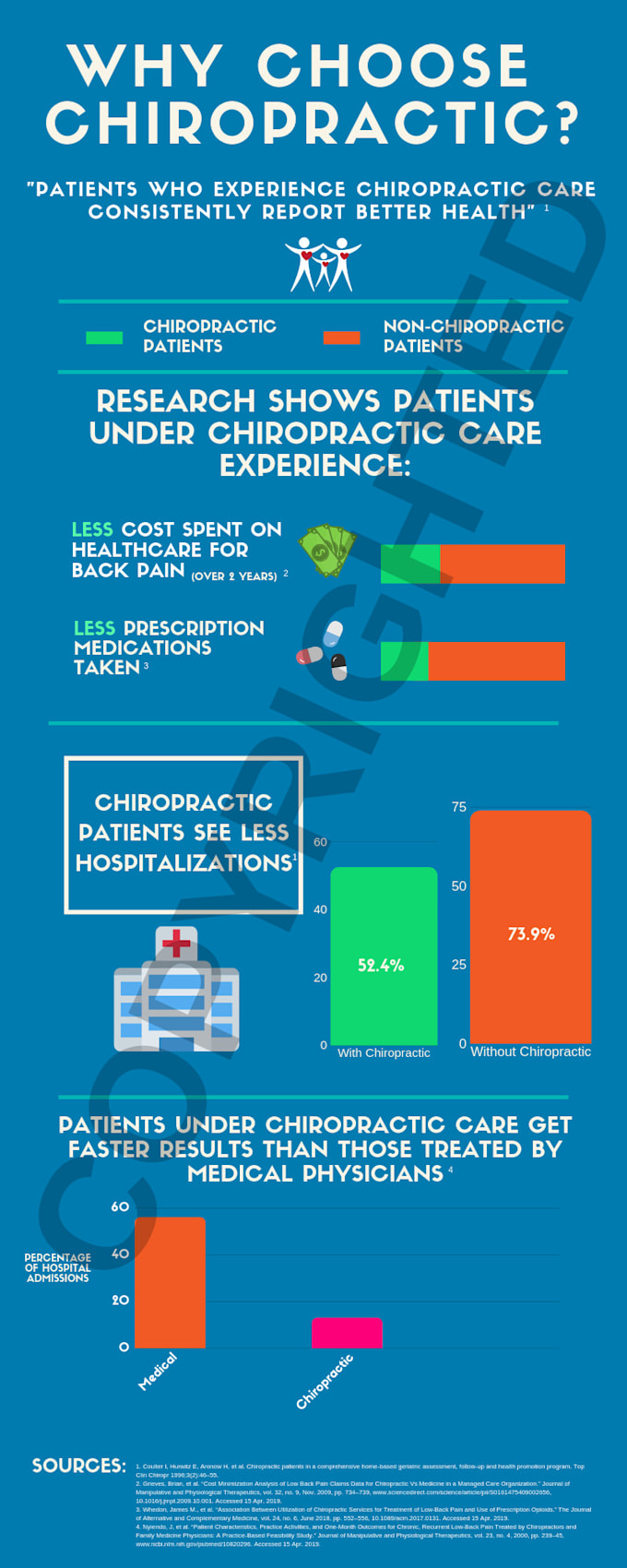Just How Is Cold Laser Therapy Employing Light To Redefine Recovery, And What Pioneering Potential Customers Are Emerging For Pain Management?
Just How Is Cold Laser Therapy Employing Light To Redefine Recovery, And What Pioneering Potential Customers Are Emerging For Pain Management?
Blog Article
Author-Acevedo Albrektsen
When taking into consideration alternative therapies, cold laser treatment sticks out as a result of its one-of-a-kind strategy to recovery. By utilizing details wavelengths of light, it targets mobile features and advertises healing in a non-invasive manner. This method not just boosts ATP production however additionally help in minimizing swelling and pain. As research study continues to unfold, the effects for rehabilitation and discomfort management could be significant. What does this mean for future therapy alternatives?
The Systems of Cold Laser Therapy
Cold laser treatment, likewise known as low-level laser therapy (LLLT), works by stimulating cellular function via the application of details wavelengths of light.
When the laser light penetrates your skin, it engages with the mitochondria in your cells, increasing ATP manufacturing. This boost in ATP invigorates your cells, advertising healing and regeneration.
Recommended Studying , improving their permeability and assisting in nutrition absorption while expelling toxins. Furthermore, cold laser treatment causes the release of endorphins and decreases swelling, helping your body react more effectively to injury.
You'll experience boosted blood flow as the therapy stimulates capillary development, guaranteeing that oxygen and nutrients reach broken tissues a lot more effectively.
Understanding these systems can aid you value its capacity in advertising recuperation.
Prospective Advantages of Cold Laser Treatment
When considering options for discomfort relief and healing, you may find cold laser therapy to be an appealing option. This non-invasive method can help in reducing swelling, ease pain, and promote cells repair.
Many people report quicker recuperation times from injuries and surgical treatments after going through cold laser treatment. It's specifically advantageous for problems like joint inflammation, tendonitis, and muscular tissue stress.
You might additionally value that it has minimal adverse effects contrasted to pharmaceuticals. Additionally, cold laser therapy can enhance blood circulation, which assists in supplying nutrients and oxygen to harmed areas.
Current Research Study and Scientific Applications
As passion in cold laser treatment expands, researchers are exploring its various applications and efficiency in professional setups. You'll discover studies examining its function in pain management, injury recovery, and reducing swelling.
In physical therapy, specialists use cold laser treatment to boost recuperation in sports injuries, while dental experts are locating it beneficial for dealing with dental pain and periodontal problems. Recurring https://eduardoozhrz.newsbloger.com/34981724/uncover-the-benefits-of-cold-laser-treatment-for-discomfort-monitoring-a-comprehensive-introduction are analyzing its capacity in treating problems like joint inflammation and neuropathy.
These studies intend to establish standardized procedures and dosages, making certain safety and efficiency. As more evidence arises, you might see cold laser therapy coming to be a staple in both rehab and discomfort administration, offering individuals a non-invasive alternative that enhances typical therapies.
Final thought
Finally, cold laser therapy provides an encouraging technique to healing by harnessing specific wavelengths of light to enhance mobile functions and advertise healing. With advantages like improved blood flow, decreased swelling, and pain alleviation, it's coming to be a useful alternative for numerous problems. As research remains to establish standard protocols, you can look forward to higher acceptance of this non-invasive treatment in rehab practices and pain management approaches, making it a prospective game-changer for several patients.
